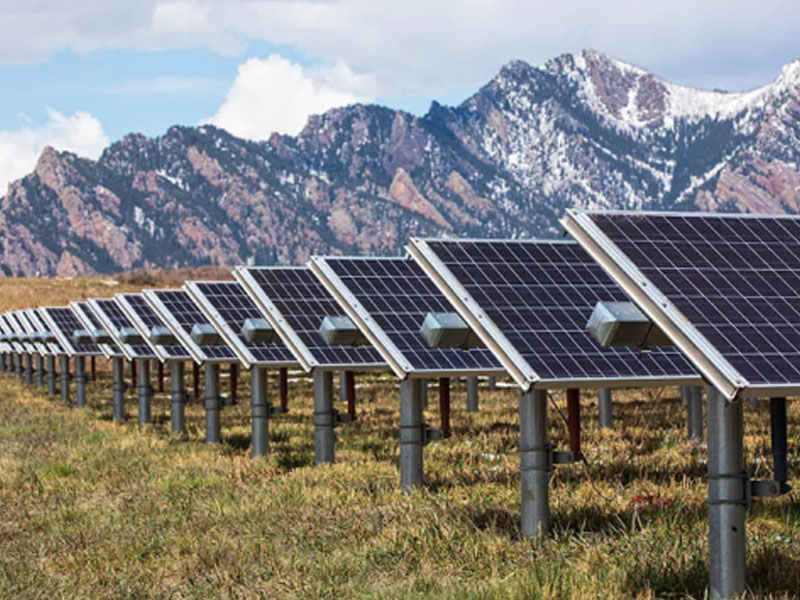A research team led by the U.S. Department of Energy's National Renewable Energy Laboratory (NREL) has proposed a new approach to solar module cooling using heat flow transfer in large solar power plants.
Their modeling takes into account factors such as row spacing, module panel height, and tilt angle. Scale inputs are also used to demonstrate the space of air around or through the solar modules. In contrast, in standard models, the length typically used is a proportion of the module size, ignoring the configuration of the PV plant.
"Heat convection transfer curves are generated through computational flow simulations and wind tunnel experiments, allowing heat convection transfer to be described as a gap length scale value that describes the spacing of the entire PV array through a single length unit," the scientists said, claiming that using the gap length scale can result in a 1.5 percent improvement in power generation accuracy.
Their techno-economic analysis considered a 1 MW south-facing PV system in Phoenix, Arizona, installed with a fixed tilt angle of 30 degrees at various row spacings or ground coverage ratios (GCR). An annual land lease cost of $0.054/m2 was assumed. The row spacing of PV plants varies from 2 m to 11 m, corresponding to GCR values of 0.73 to 0.08.
"Increased spacing could allow for a wider variety of crops and more types of agricultural equipment to be used in agricultural PV systems," said Jordan Macknick, who leads another NREL research project focused on agricultural PV. "This could make these spaced-out solar systems more cost-effective and compatible with large-scale agriculture."
Through modeling, the team determined the optimal levelized cost of energy (LCOE) point to be $0.29/kWh, with row spacing varying between 4.83 and 7.34 meters. The LCOE was $0.33/kWh for a two-meter spacing and $0.36/kWh for an 11-meter spacing.
The team found that the greatest LCOE improvements occurred in climates with low annual average ambient temperatures and moderate to high annual average wind speeds in the United States. They presented the model in their recent study, "Technoeconomic Analysis of Convective Cooling of Photovoltaic Arrays by Varying Array Spacing," published in the IEEE Journal of Photovoltaics.
Other recommendations for using convective solar module cooling include packing PV panels closely together and considering wind direction and module tilt.

 online service
online service +86 592-5211-388
+86 592-5211-388 info@esolarfirst.com
info@esolarfirst.com sales004_solarfirst
sales004_solarfirst sales12_solarfirst
sales12_solarfirst sales10_solarfirst
sales10_solarfirst +86 18959208686
+86 18959208686